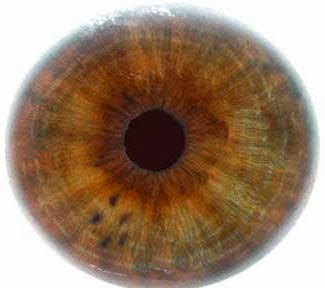In 2011, the Indian government
launched a massive programme to collect the iris patterns and fingerprints of
all of its 1.2 billion citizens within three years. The numbers associated with
the project are staggering. To date, more than 540 million people have enrolled
in the optional programme, with one million more joining every day across
36,000 stations operated by 83 agencies. Each new iris pattern must be checked
against every other pattern in the database to detect and prevent duplication:
this equates to almost 500 trillion iris comparisons each day. Apart from its
scale, what makes UIDAI (Unique Identification Authority of India) different is
its purpose. It is not a security exercise or a means to control national
borders, but a social development programme whose stated aim is ‘to give the
poor an identity’.
The algorithms that make iris
recognition possible have been developed in the University of Cambridge
laboratories. The algorithms, which were patented in 1994 and have been
licensed to several companies around the world over the past two decades, are
still the basis of all significant iris recognition deployments. The question
of whether anyone has the right to be anonymous has been debated for hundreds
of years, but it is just as relevant today as it was in the 18th century. The
thought of large-scale data collection by governments is a cause for concern:
digital identity schemes in the UK and elsewhere have been scrapped due to
questions around data protection and the right to anonymity. But in India,
anonymity is a huge problem. Just 4% of Indians have a passport, and fewer than
half have a bank account.
More information:
